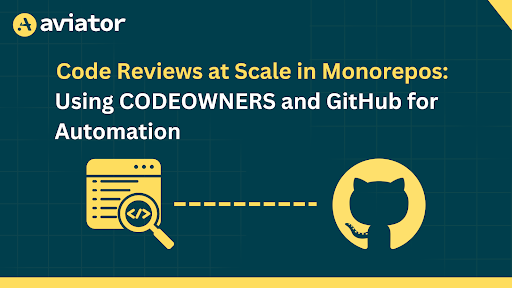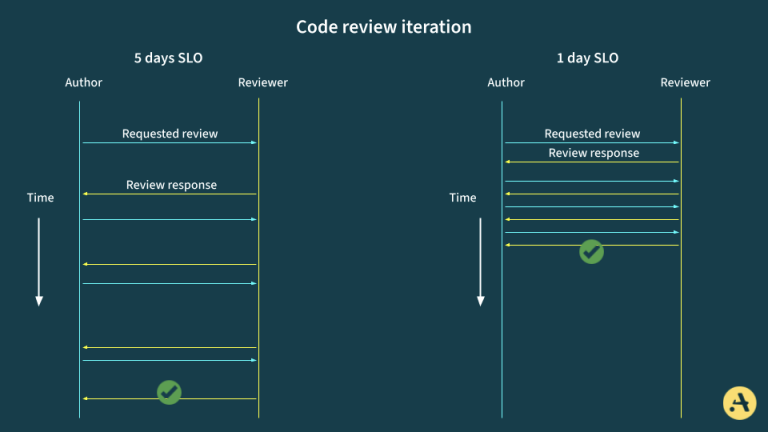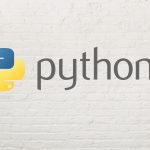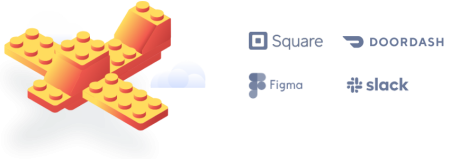Boost Your Code Quality with These Code Review Tools in 2025
AI code review tools help improve code quality, speed up development, and enhance teamwork by automating repetitive tasks and spotting security issues. While they are effective, they aren't perfect and may miss certain bugs or fail to understand complex systems. Combining AI tools with human insight results in the best outcomes for faster, cleaner, and more reliable development.
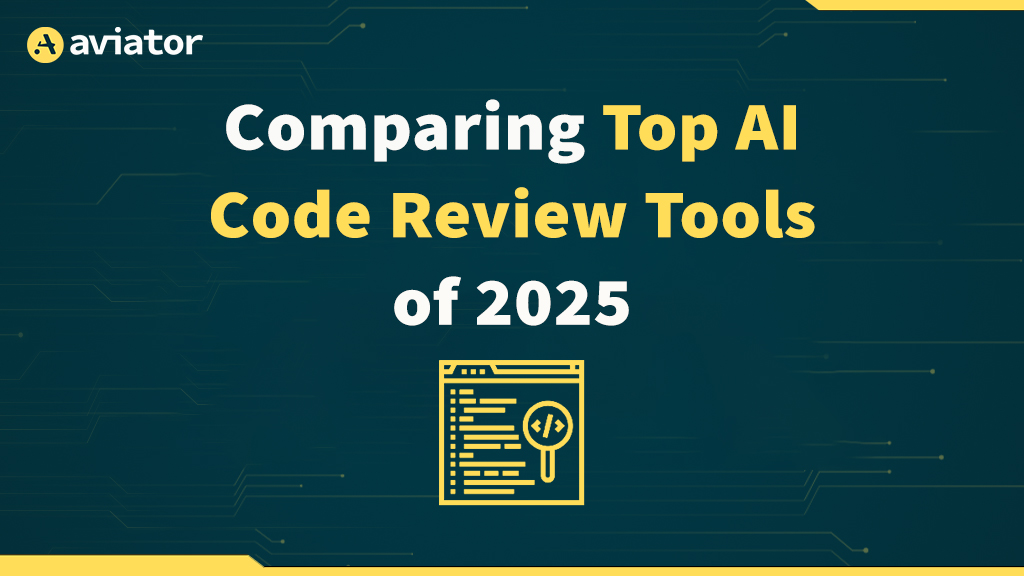
Introduction
AI code review tools use machine learning models, AI code analysis, and code quality metrics to analyze and evaluate code. They provide feedback, identify security vulnerabilities, and suggest improvements.
The benefits of AI code analysis tools include:
- Increased Developer Productivity: AI tools can review thousands of lines faster than humans, helping developers complete their work more quickly.
- Better Team Efficiency: These tools free up time for software teams to focus on other priorities by providing fast and consistent code reviews.
- Support for Different Programming Languages: AI tools support several programming languages, benefiting teams with diverse technologies.
- Augments Developer Efforts: While developers bring contextual understanding to their reviews, AI tools automate the detection of publicly disclosed vulnerabilities.
Despite the benefits, there are limitations:
- False Negatives and Positives: AI tools can miss bugs (false negatives) or incorrectly flag code as having bugs (false positives).
- Limited to Predefined Rules: These tools may miss issues outside their predefined parameters.
Criteria for Analysis
This article analyzes AI code review tools based on:
- Features
- User experience
- Support
- Accuracy and reliability
Analysis of Selected Automated Code Review Tools
CodeGuru
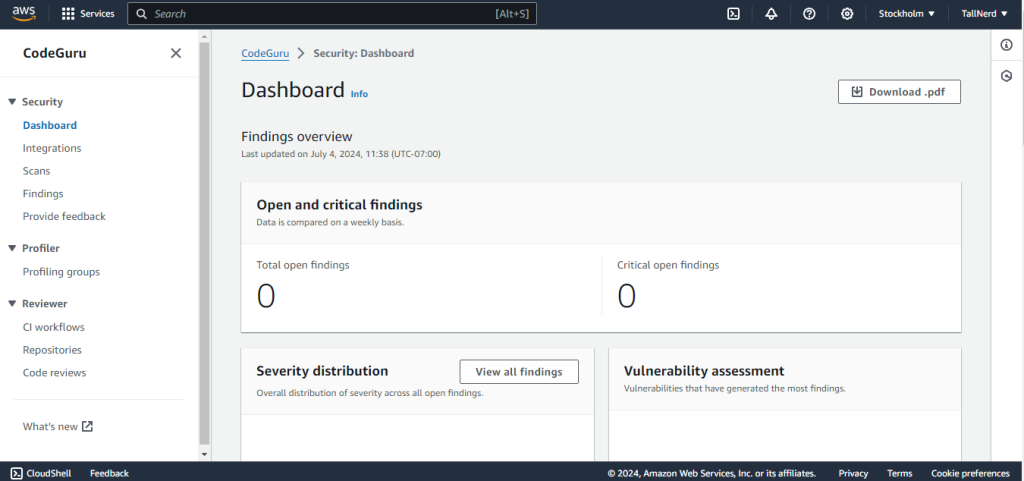
Built by Amazon Web Services (AWS), CodeGuru provides suggestions for code improvement, identifies potential bugs, and recommends best practices for Java and Python.
Key Features
- Integration: Integrates with repositories like GitHub and Bitbucket and CI/CD tools.
- Security Vulnerability Identification: Scans for issues like data leaks and injection flaws.
- Visual Dashboard: Displays metrics and insights on found issues.
- Bug Detection: Suggests code blocks to replace inline code issues.
Strengths
- Integrates well with development workflows.
- Detects a wide range of issues.
- Provides actionable insights and best practices.
- Scalable for projects of all sizes.
- Focuses on security.
Weaknesses
- Potential for false positives and negatives.
- Learning curve for those unfamiliar with AWS.
- Limited to Java and Python.
Codacy
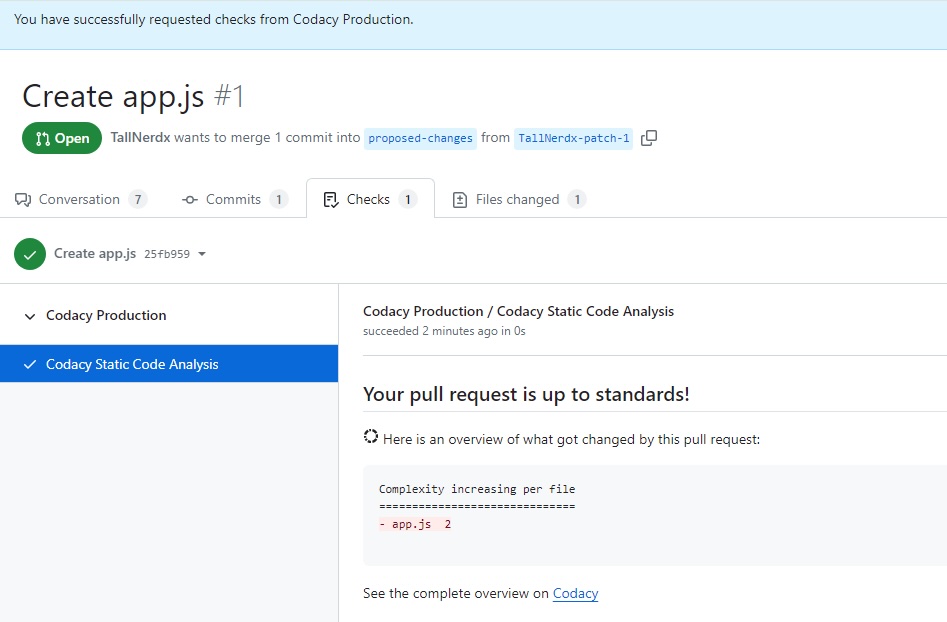
Codacy provides code coverage and review across 40+ programming languages, offering static analysis, code duplication, and dependency vulnerability scanning.
Key Features
- Automated Code Coverage and Quality: Enforces coding standards on pull requests.
- Integration: Integrates with tools like GitLab and Bitbucket.
- Customizable Code Analysis: Allows customization to fit project requirements.
- Data-Driven Analysis: Provides performance insights for team leads.
Strengths
- Supports numerous programming languages.
- Customizable and flexible.
- Easy to use and set up.
- Provides actionable insights via a dashboard.
- Scalable for teams of all sizes.
Weaknesses
- Potential for false positives and negatives.
- Limited configuration for coding rules.
- Limited depth of analysis for large codebases.
- Feature disparity among supported languages.
Snyk
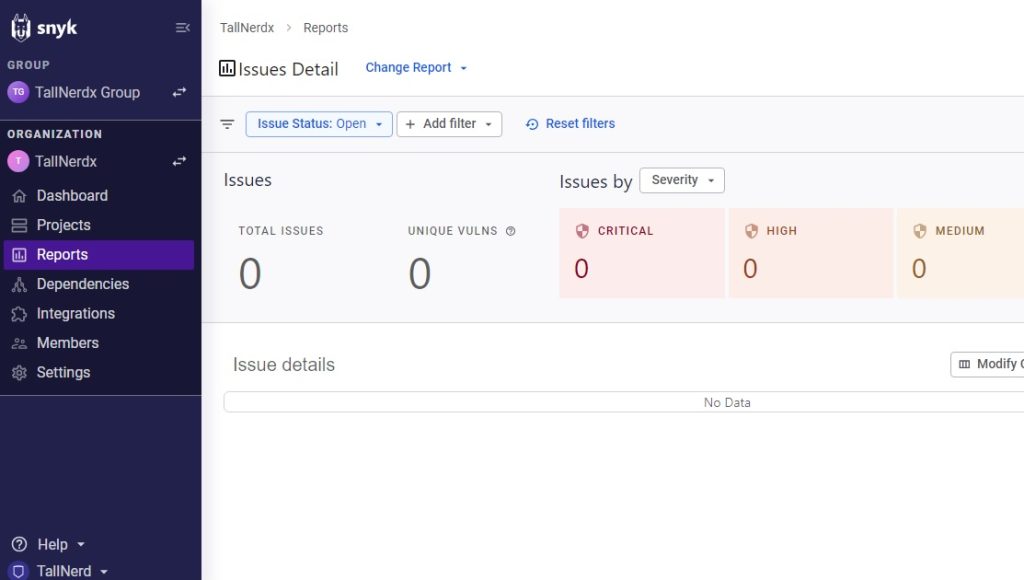
Overview: Snyk helps developers find and fix code problems, integrates with development workflows, and supports various programming languages.
Key Features
- Integration: Supports IDEs and CI/CD pipelines.
- Dashboard Analytics: Provides detailed reports on security vulnerabilities.
- Real-Time Code Scanning: Offers feedback in real-time.
- Mitigation Recommendations: Scans pull requests for security issues and provides review notes.
Strengths
- Improves productivity with real-time scanning.
- Broad language support.
- Covers code, dependencies, containers, and infrastructure.
- Maintains a strong security posture.
Weaknesses
- File size limit for analysis.
- Requires UTF-8 encoding for source files.
- Tendency for false negatives in scanning docker images.
CodeScene
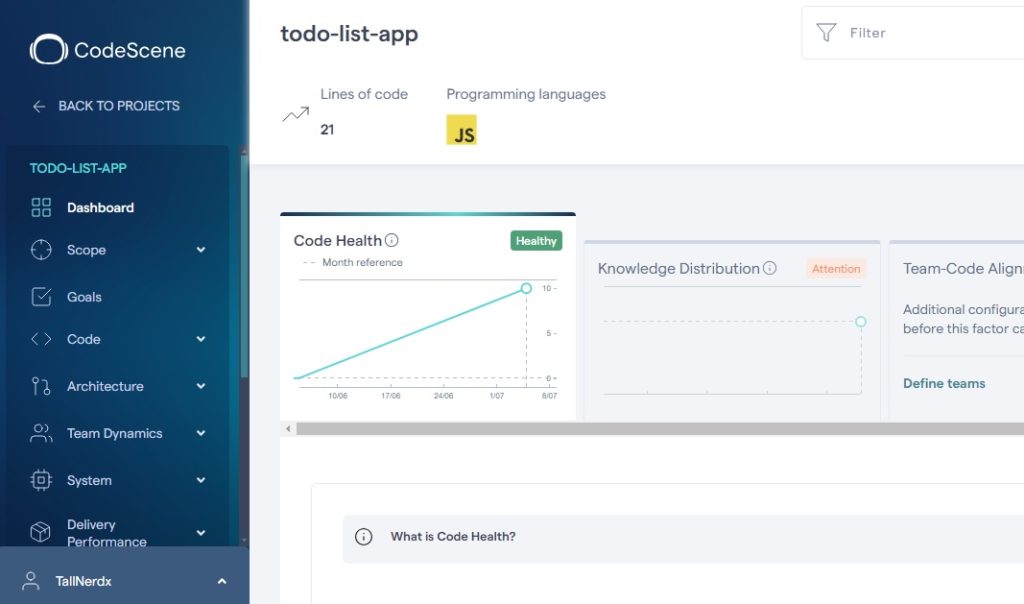
CodeScene provides actionable insights to improve code quality and reduce technical debt by analyzing team dynamics and delivery outcomes.
Key Features
- Integration: Supports project lifecycle tools.
- Contextual Workflow: Allows developers to provide contextual information.
- Cost Dimension Analysis: Assesses the financial impact of technical debt or bugs.
Strengths
- Supports over 25 programming languages.
- Identifies code hotspots and complex areas.
- Provides insights into technical debt and team dynamics.
Weaknesses
- Confusing metrics for first-time users.
- Potential inaccuracies in defect estimation.
- Overemphasis on technical debt over security vulnerabilities.
CodeRabbit
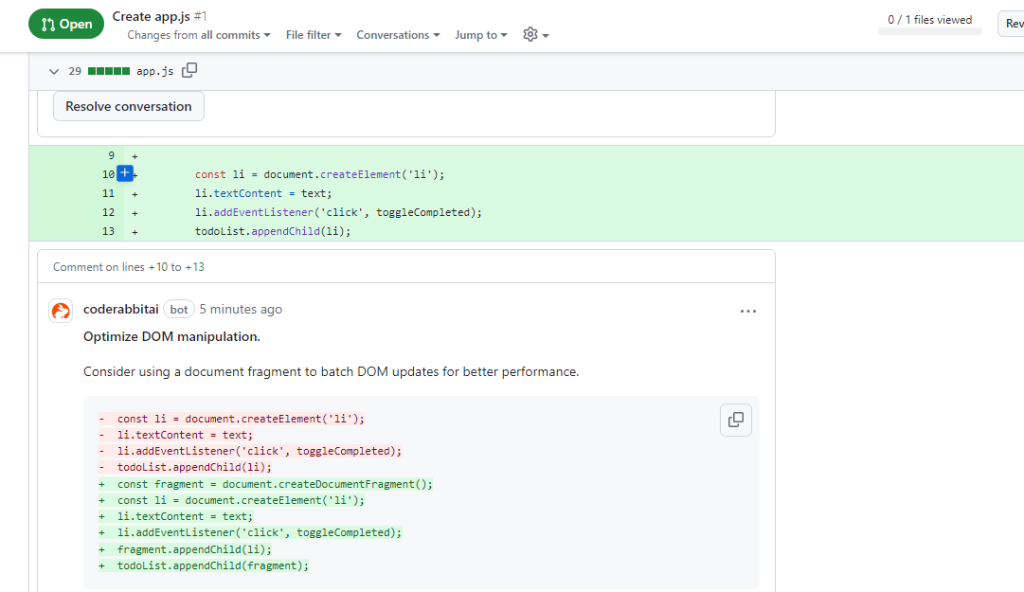
CodeRabbit automates pull request reviews and integrates with GitHub repositories for continuous review.
Key Features
- Integration: Monitors events for merge requests and PRs.
- Chatbot Interaction: Allows developers to clarify code context.
- Context-Aware Feedback: Provides actionable suggestions.
Strengths
- Continuous feedback during development.
- Insightful line-by-line reviews.
- Provides pull request summaries.
Weaknesses
- Misses human nuances in code.
- Learning curve for optimizing workflows
| CodeGuru | Codacy | Snyk | CodeScene | CodeRabbit | |
|---|---|---|---|---|---|
| Features | Bug and security detection, visualization dashboard, AWS integration, supports Java and Python | Supports 40+ languages, customizable code analysis, data-driven insights, Git integration | Real-time scanning, broad language support, mitigation recommendations | Identifies code hotspots, technical debt, integrates with lifecycle tools | Continuous context-aware feedback, integrates with GitHub and GitLab |
| Performance | Effective at identifying security issues | Limited depth of analysis for large codebases | Increases productivity, fast shipping of products | Identifies technical debt, provides extensive insights | Line-by-line review, continuous feedback |
| User Experience | AWS ecosystem integration, learning curve | User-friendly, easy setup, feedback dashboard | Requires UTF-8 encoding, real-time feedback | Not user-friendly for first-time users | Learning curve for workflow customization |
| Accuracy | Reliable for Java and Python security issues | Potential for false positives, language parity | Tendency for false negatives in docker image scans | Accurate for technical debt, less for security issues | Sometimes misses human nuances |
Conclusion
AI for code analysis can really help improve code quality, speed up development, and make teamwork better. They’re great at handling repetitive tasks, spotting security issues, and keeping code consistent across different languages. But they’re not perfect, they can miss bugs or flag things incorrectly, and they don’t fully understand the bigger picture like a human does, especially with business logic or complex systems.
Think of AI tools as smart helpers, not full replacements. The best results come from using them alongside human reviews. When picking a tool, consider your team size, the languages you use, your security needs, and how well it fits into your workflow. The right choice in 2025 can make development faster, cleaner, and more reliable. To further optimize the code review iteration cycles, check out Aviator FlexReview
FAQs
What Is a Code Review Tool?
A code review tool is software that helps developers examine and improve code collaboratively. It streamlines the process of spotting bugs, enforcing coding standards, and sharing feedback before the code is merged into the main branch.
Is SonarQube a Code Review Tool?
Yes, SonarQube functions as a code review tool. It automatically analyzes code to detect bugs, vulnerabilities, and code smells, helping teams maintain high-quality, secure, and clean code.
What Are the 7 Steps to Review Code?
The code review process typically includes: understanding the code’s purpose, verifying its functionality, reviewing its logic, ensuring coding standards, checking for bugs, suggesting improvements, and then approving or requesting changes.
Is Code Review a QA?
Code review isn’t traditional QA, but it plays a key role in quality assurance. By catching issues early in development, it improves overall code quality and reduces defects that might reach the QA or production stages.


